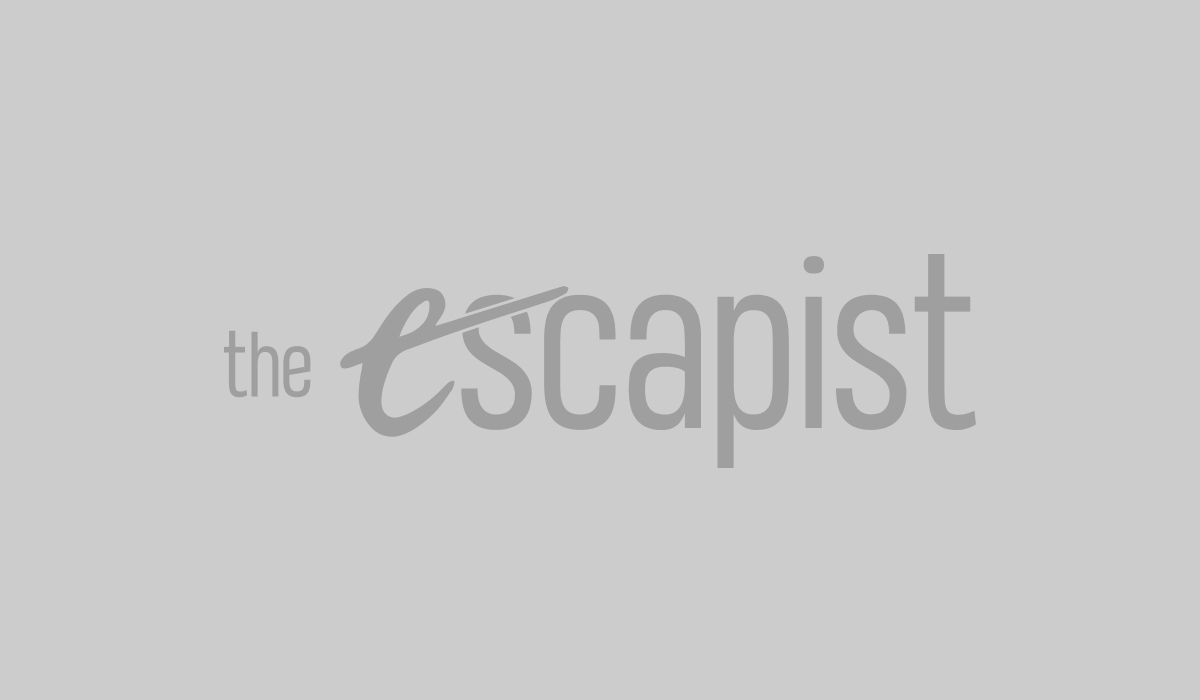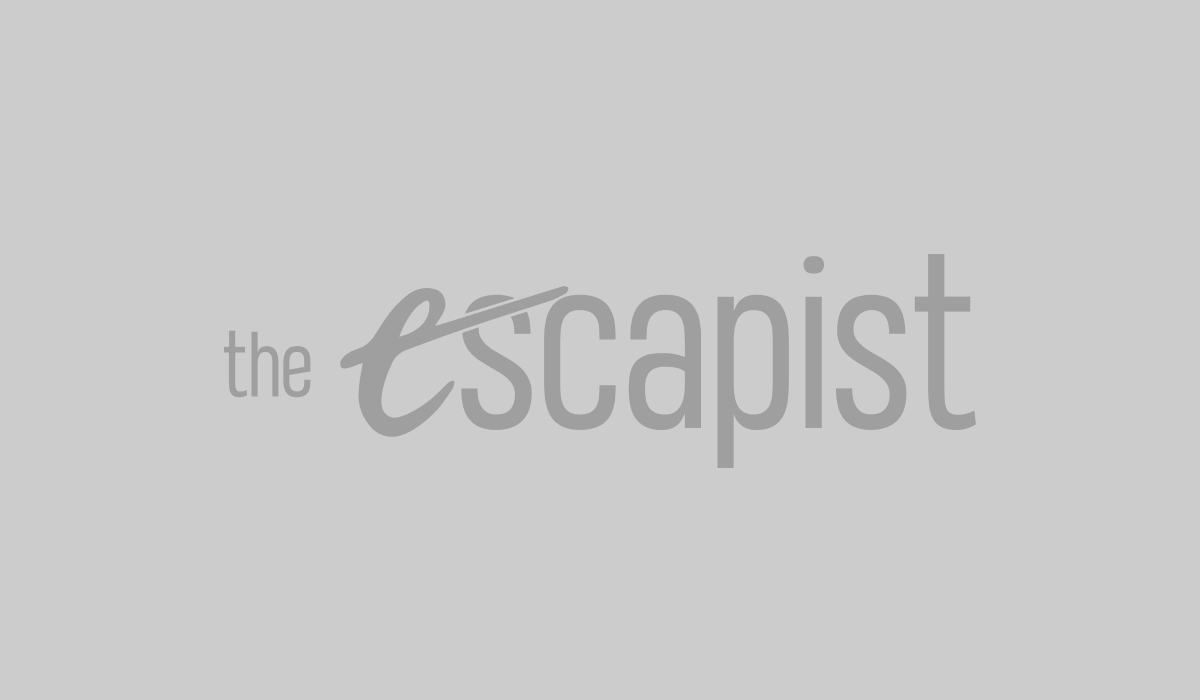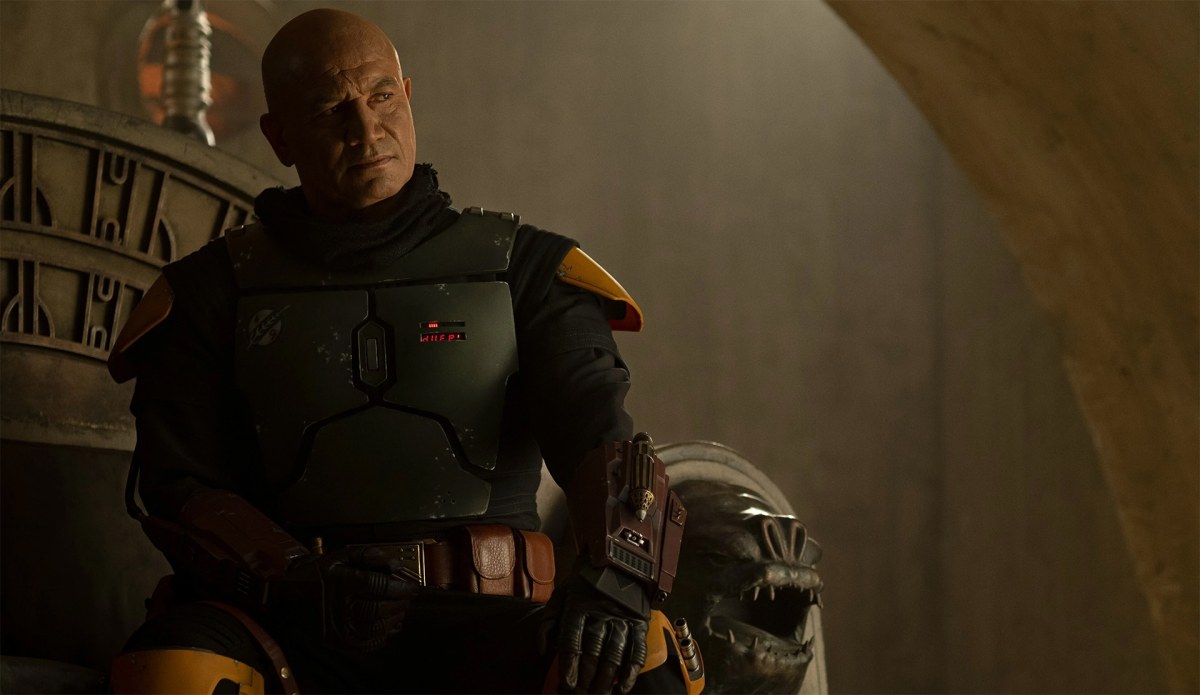This discussion and review contains some spoilers for The Book of Boba Fett episode 2, “The Tribes of Tatooine.”
Two episodes into its run, it already feels like The Book of Boba Fett is running in place.
Part of the beauty of Star Wars is that it is a vast universe full of untapped potential. There are countless stories that could be told. After all, part of the driving narrative force of the original Star Wars was that young Luke Skywalker (Mark Hamill) couldn’t wait to see the galaxy beyond the back world of Tatooine. So it seems strange that The Book of Boba Fett has so firmly rooted itself on Tatooine. This is the first Star Wars adventure that feels truly stationary.
Then again, this is perhaps the endpoint of a larger trend. Under Disney, the Star Wars franchise has become increasingly nostalgic. The Mandalorian tempered its more literal nostalgia but still appealed strongly to the memory of Star Wars. The Mandalorian (Pedro Pascal) operated from a wretched hive of scum and villainy, but it was Nevarro rather than Tatooine. Of course, as the series went on, the character found himself spending more and more time on the real Tatooine.
The Mandalorian featured ice worlds that recalled the planet Hoth from The Empire Strikes Back in episodes like “The Mandalorian” and “The Passenger.” It would visit forest worlds like the forest moon of Endor from Return of the Jedi in episodes like “Sanctuary.” There were occasionally new environments, like the water world on the moon of Trask in “The Heiress,” but there was nothing as striking or as stylized as the worlds of the prequel trilogy or even The Clone Wars.
There is the potential for something new in The Book of Boba Fett. The idea of the “underworld” of the Star Wars universe has fascinated fans and creators alike going back to the involvement of Jabba the Hutt in the original trilogy. While it has been explored in extended universe media like Shadows of the Empire, it has never really been developed on screen. There is a lot of potential to mine from crossing over Star Wars with its New Hollywood compatriot The Godfather.

So it’s weird how the first two episodes of The Book of Boba Fett have largely retreated from that into the literal comfort of memory. While “The Tribes of Tatooine” introduces interesting rivals and competitors for the protagonist, 40 minutes of the episode’s 50-odd-minute runtime are devoted to Fett’s extended flashback in the bacta tank. It’s effectively the character watching reruns of his own life, even if these events are new to the audience.
Of course, it is entirely possible – likely even – that The Book of Boba Fett is frontloading these flashbacks. Given the amount of setup being done, the season will probably spend more time in the present day as it progresses. However, it’s revealing that so much of the early part of the season has been given over to the literal act of remembering and reliving a lost past as part of some healing dream. There is probably a metaphor in that imagery, if one digs deep enough.
Fett’s dreams take Star Wars back to a familiar mode. Remembering his time with the Tuskens, Fett escapes from the relatively novel setting of “space gangster story” to the reliable Star Wars template of the “space western.” The story of an outsider embraced by an indigenous tribe is a tried-and-tested western trope. “The Tribes of Tatooine” even gives Fett a vision quest. This is the basic plot of Dances with Wolves, The Last of the Mohicans, or even something more modern like Wind River.
The space western is a familiar genre for Star Wars, but it has become particularly prevalent in recent years. Ron Howard’s Solo: A Star Wars Story was perhaps the most overtly western of the cinematic entries in the Star Wars canon, with Howard boasting in interviews about the movie’s “frontier vibe.” The Mandalorian has also leaned heavily into the cinematic language of the western, with Pedro Pascal boasting that the show infused the franchise’s western “with steroids.”

The result is that all of this starts to feel just a little bit familiar. The big action set piece in “The Tribes of Tatooine” is a daring raid on a “long speeder.” Fett helpfully describes the speeder as a “train,” effectively framing the action sequence as a train robbery. It’s a reliable western template, to the point that even Breaking Bad included a train robbery in its final season. The issue is that Star Wars has already done several variations on this premise within the past four years.
The first big action set piece in Solo was a botched robbery of a shipment of coaxium on Vandor-1. The penultimate episode of the second season of The Mandalorian, “The Believer,” found the heroes hijacking a rhydonium shipment on Morak and having to defend the shipment against a raiding party of pirates. As such, the big showcase action sequence in “The Tribes of Tatooine” just feels like a larger and more extended riff on a template that the franchise has already done quite recently.
That said, for all the limitations of this approach, the decision to anchor The Book of Boba Fett on Tatooine does offer some opportunities. Most notably, it allows showrunner Jon Favreau to focus on the Tusken Raiders. The Tuskens have been a subject of recurring interest for Favreau, with Favreau using both The Mandalorian and The Book of Boba Fett to interrogate the franchise’s historical portrayal of Tatooine’s indigenous population as “uncivilized raiders,” to quote the train crew.
In the original Star Wars, the Tuskens were a faceless and predatory menace that were easily scared away by Obi-Wan Kenobi (Alec Guinness). They reappear in Attack of the Clones, abducting and torturing Shmi Skywalker (Pernilla August), prompting Anakin Skywalker (Hayden Christensen) to murder the entire tribe. Anakin’s massacre of the Tuskens is treated as an atrocity, but the film is much more interested in Anakin’s anger than in the suffering that he inflicts on the Tuskens.

In contrast, The Mandalorian focused on the Tuskens as an indigenous population with their own culture and tradition. In “The Gunslinger,” the Mandalorian manages to negotiate safe passage through Tusken territory using sign language, proving that Tuskens are not inherently violent. In “The Marshal,” the Mandalorian brokers an awkward peace between the settlers and the Tuskens to confront the common threat posed by a krayt dragon.
As such, the narrative thread of The Book of Boba Fett focusing on Fett’s integration into Tusken society feels like an extension of this fascination. It humanizes a species that previously existed as a collection of science-fantasy stereotypes rooted in the colonial cliché of the “savage” and the “native.” It’s a welcome example of Favreau using his fascination with the lore of Star Wars to engage with and to update a longstanding oversight.
In “The Tribes of Tatooine,” the Tuskens are explicitly victimized. They are sniped from a passing train for the simple act of living, their livestock murdered and their children killed. It recalls stories from American history of how tourists would casually snipe buffalo from the windows of passing trains for their amusement, with companies advertising the opportunity to “hunt by rail.” In “The Tribes of Tatooine,” the Tuskens are far more civilized than those who call them “uncivilized.”
If the original Star Wars was rooted in the worldview of the westerns that George Lucas grew up with during the 1940s and 1950s, The Book of Boba Fett seems to draw from the revisionist westerns of the early 1990s. That’s not to imply that these stories come without their own baggage – the trope of the outsider who adopts the customs of an indigenous population and comes to lead or save them has its own problems – but that this is more than nostalgia for its own sake.
It would be nice for The Book of Boba Fett to turn a new page for the larger Star Wars franchise and to tell a new story rather than just bask in the franchise’s history and iconography. Still, if it is going to wallow in familiar worlds and riff on recognizable narrative templates, it is at least trying to add some valuable shading at the margins.






Published: Jan 5, 2022 02:00 pm